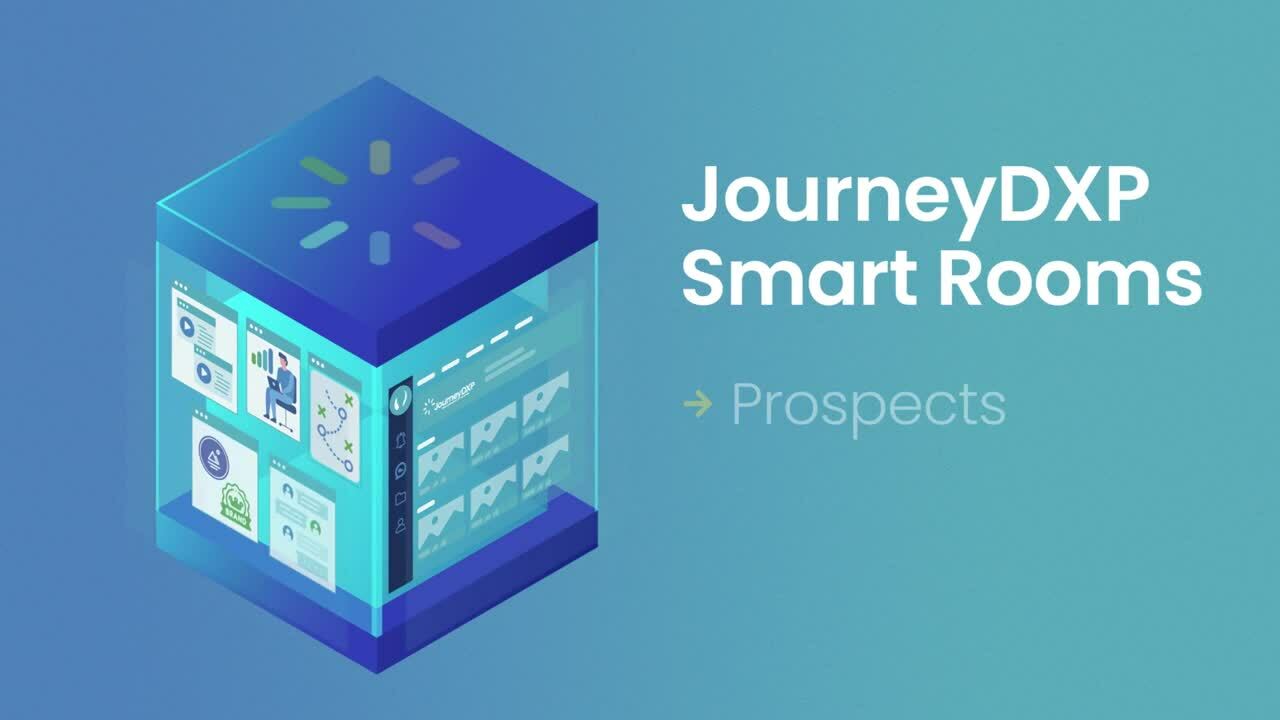There’s this idea that sales is limited to salespeople. For the most part, that’s true. It’s a defined discipline within any organization that seeks the most skilled. But in today’s B2B sales environment, everyone within a company should be “in sales.” We’re using quotes there for a reason: 99.9999999% of a company’s employees do not want to be “in sales” as it’s typically viewed.They don’t want to spin up new business. They don’t want to be account managers upselling and cross-selling. They want to do what they do best. In simple terms, engineers want to engineer, designers want to design, researchers want to research… you get the idea.

So when we say every employee should be “in sales,” here’s what we mean…
It Starts with Onboarding
When a new employee comes on, they should be armed with the company basics: why we exist, what we do/make, who we do it for, where we do it, etc. Imparting this knowledge isn’t communicated in the context of “Here! Sell!” Instead, it’s designed to give employees the information they can use should the opportunity present itself: at a conference… at a cocktail party… at a kid’s soccer game. What’s more is that this sort of universal understanding amongst employees helps ensure that company messaging and outward communication is aligned.

Chances are, your company has a LinkedIn presence. And chances are the way in which your company is being presented amongst individual employee LinkedIn profiles is varied. It needs to be uniform.default-share Sales (or HR?) should implement a LinkedIn policy that uniformly communicates the organization. Might employees push back? (After all, their LinkedIn profile is theirs, right?) They might, but be sure to include the context of why this makes sense.
Encourage Industry Engagement
Every organization contains tremendous expertise, thought leadership, and work output. These things should be championed! Say your organization sells a digital B2B sales application that makes it easier for sellers to sell and buyers to buy. (Spoiler: that’s us.) That organization has product management leaders, SaaS marketing experts, customer success experts and more. Those folks can do things like pen guest articles in relevant media or present at conferences that focus on their expertise while showcasing an audience of potential customers. Efforts like those lead to conversations that, while perhaps not immediately salesy in nature, can lead to opportunities.
Bottom Line
The idea here isn’t to force sales on employees who aren’t in sales. It’s to give them the tools they need to strike up conversations in the right context. And perhaps most importantly of all, you can’t put any metrics around this sort of thing. As soon as you do that, you’ll be looking for new employees.
POPULAR
Launching a Dynamic Digital-First Customer Experience
Growth will always be a top priority for B2B companies. If not, customers will inevitably outgrow your offering, and your company will become obsolete.
RELATED
4 B2B Business Development Strategies Rooted In Thoughtfulness
Business development (and business development reps, also known as BDRs) get a bad rap. They’re traditionally viewed as the cold callers; the folks who chip away at a mountain of email addresses and phone numbers...




